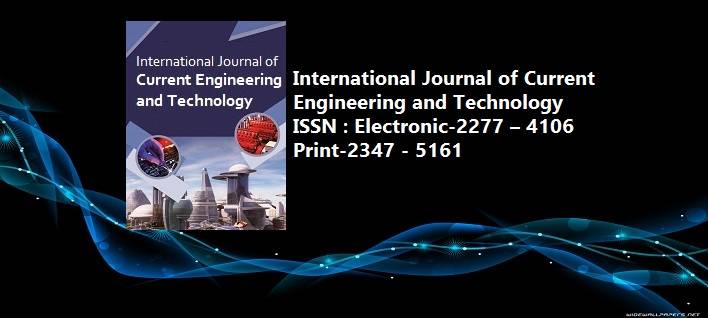Modular Feed Forward Networks to Predict Soil Penetration Resistance from Tillage Technique and Working Depth
Pages : 3567-3573
Download PDF
Abstract
Conservation tillage systems merit further studies before their diffusion in organic agriculture as they can cause problems with crop nutrition and degradation of soil structure during the early years of their application. The objective of this study was to evaluate in short-term the impact of different tillage systems in organic farming (traditional tillage to superficial tillage without reversal) on soil resistance to penetration. Therefore, studies was based on an agricultural plan implemented on a sandy loam soil in the organic farming systems domain of the Higher Institute of Agronomy of Chott Meriem (Sousse, Tunisia) to compare the effects of three tillage techniques: conventional tillage (LT), “agronomic” tillage (LA) and superficial tillage (TS). Samples were performed at different depths corresponding to the limits of the studied equipments (10, 20 and 30 cm of depth). Experimental data was then used to develop the ANN model, where several configurations were evaluated. Soil resistance with time was found to be significantly influenced by tillage system and working depth. Under ST the resistance increases from 0 to 30 cm and then decreases beyond 30 cm of depth, suggesting that with ST the soil is more compact. However, pressures in their entirety are relatively low. The optimal ANN model was found to be a network with two hidden layers and four neurones in both the upper and lower levels of each hidden layers. This optimal model was able to predict soil resistance from different tillage techniques with a mean square error of 0.000 and a 0.489% error. The results showed very good agreement between the predicted and the desired values of soil resistance (R2 = 0.98). The coefficient of determination was also very good (R2>0.95), due to a small prediction error.
Keywords: Tillage techniques, soil resistance, Modelling, ANN
Article published in International Journal of Current Engineering and Technology, Vol.4, No.5 (Oct-2014)



















 MECHPGCON, MIT College of Engineering, Pune, India
MECHPGCON, MIT College of Engineering, Pune, India AMET, MIT College of Engineering, Pune, India
AMET, MIT College of Engineering, Pune, India International Conference on Advances in Mechanical Sciences
International Conference on Advances in Mechanical Sciences  International Symposium on Engineering and Technology
International Symposium on Engineering and Technology International Conference on Women in Science and Engineering
International Conference on Women in Science and Engineering




